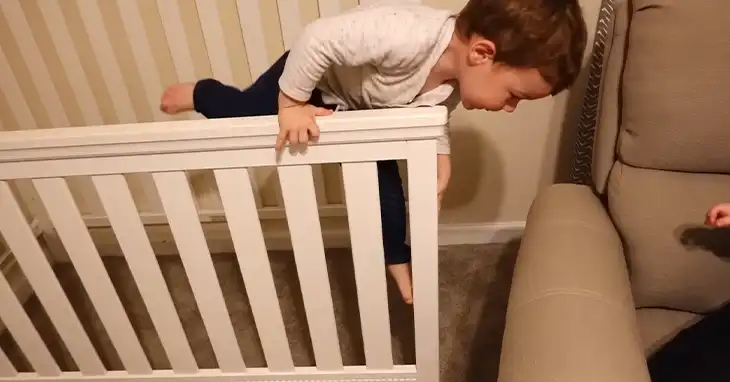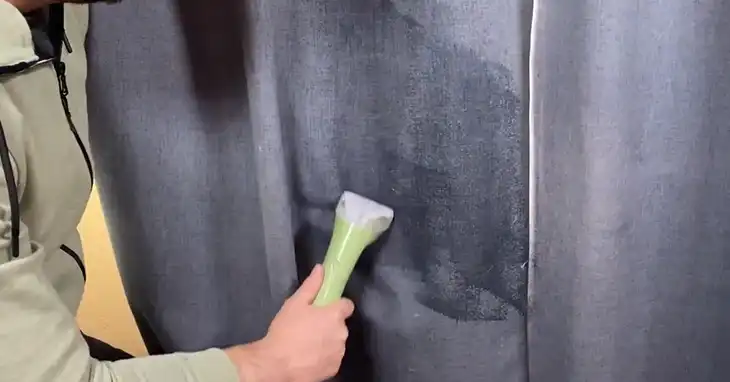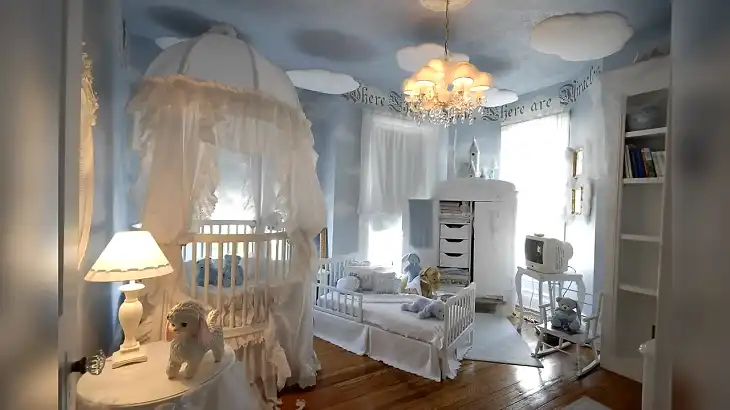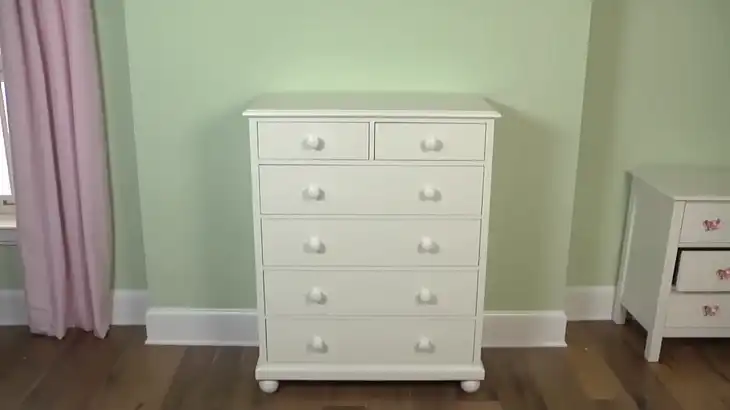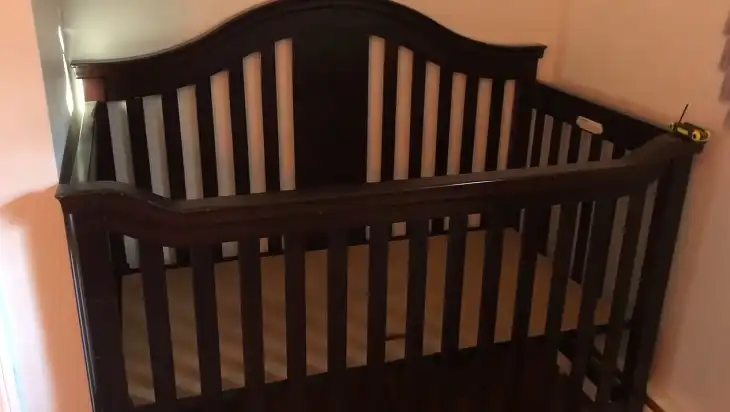How to Fix Baby Brezza Sterilizer When It’s Not Heating
The Baby Brezza Sterilizer is a popular and convenient choice for parents needing to quickly and effectively sterilize baby bottles, pacifiers, and other accessories. However, many users have encountered a frustrating issue where the sterilizer fails to heat up properly, compromising its ability to kill harmful bacteria through steam sterilization.
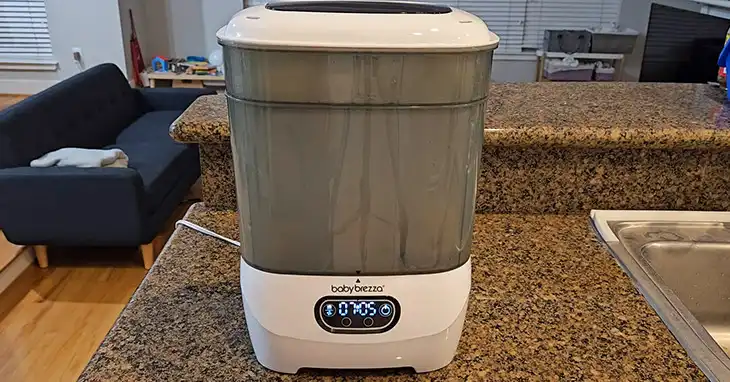
What Causes Heating Issues in Baby Brezza
There are several potential causes behind this “not heating” problem, and fortunately, most can be resolved through some simple troubleshooting steps. Let’s dive into the common culprits and explore practical solutions to get your Baby Brezza Sterilizer back in working order.
Insufficient Water Level
One of the primary reasons for the sterilizer not heating is an insufficient water level in the heating chamber. The Baby Brezza models require a specific amount of water to function correctly, usually around 4 ounces or 120 ml. If there is too little water present, the heating element won’t have enough liquid to convert into steam. Consult your user manual for the exact water level requirement for your model. Typically, a red screen indicator will appear if the water level is too low, alerting you to add more.
Mineral Buildup
Another frequent issue is mineral buildup or scale inside the sterilizer chamber, particularly if you live in an area with hard water. Over time, the minerals in the water can accumulate on the heating element, forming a crusty layer that impedes heat transfer and reduces the element’s efficiency. This buildup can prevent the sterilizer from reaching the necessary temperatures for proper sterilization.
How to Troubleshoot Baby Brezza Sterilizer
Use Distilled Water
To combat mineral buildup, it’s recommended to use distilled or purified water in your Baby Brezza Sterilizer. Distilled water contains minimal dissolved minerals, helping to prevent scale formation.
Descale the Sterilizer
If you’ve already noticed buildup, don’t worry – there’s a simple solution. The descaling process involves running a cleaning cycle with a mixture of white vinegar and water, which helps dissolve and remove the mineral deposits.
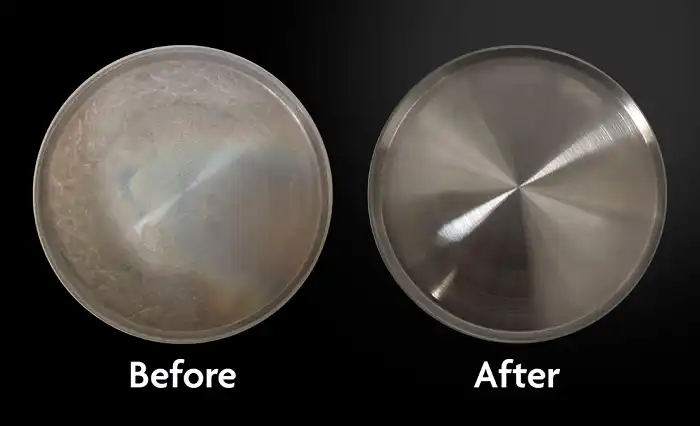
Refer to your user manual for the specific descaling instructions tailored to your Baby Brezza model. If you don’t have access to the manual, here’s a general guideline:
- Mix one part white vinegar with two parts water in the sterilizer’s water tank.
- Run a complete sterilization cycle, allowing the vinegar solution to work its magic.
- Once the cycle is finished, discard the solution and rinse the tank thoroughly with clean water.
- Repeat this process if necessary until you’ve removed all visible mineral buildup.
Check Power Supply
Power issues could also be the culprit behind your Baby Brezza Sterilizer’s heating woes. First, ensure that the appliance is securely plugged into a working electrical outlet. If possible, try a different outlet to rule out any issues with the power source itself. Sometimes, a loose connection or faulty outlet can prevent the sterilizer from receiving the necessary electrical current to heat up properly.
Alternative Sterilization Methods to Fix Baby Brezza Heating Issues
While waiting for a resolution, consider alternative sterilization methods to ensure your baby’s bottles and accessories remain thoroughly sanitized.
Boiling Water Method
The tried-and-true boiling water method is a reliable option: Simply submerge the items in a pot of boiling water for the recommended time (usually around 5-10 minutes), then allow them to air dry completely. Remember to exercise caution when handling boiling water and keep the pot out of reach of children.
Microwave Steam Bags
For those with compatible Baby Brezza models, microwave steam bags designed specifically for bottle sterilization can serve as a temporary solution. However, always double-check your user manual to ensure these bags are approved for use with your particular sterilizer model.
How to Maintain Your Baby Brezza Sterilizer to Prevent Future Heating Issues
To prevent future heating issues and prolong the lifespan of your Baby Brezza Sterilizer, implement a few preventative maintenance practices.
First and foremost, consistently use distilled or purified water to minimize mineral buildup. Secondly, follow the recommended cleaning and descaling frequency outlined in your user manual. Regular maintenance will help keep the sterilizer chamber and heating element in top condition.
Finally, when not in use, store the sterilizer with its lid open in a cool, dry place. This simple step prevents moisture buildup and potential mold growth inside the appliance.
FAQs
Can I use apple cider vinegar for descaling?
While apple cider vinegar can be used as a natural cleaning agent, it’s not recommended for descaling the Baby Brezza Sterilizer. The acetic acid content in white vinegar is more effective at dissolving mineral deposits. Stick to the manufacturer’s recommendation of using white vinegar for the best results.
My Baby Brezza Sterilizer is heating up, but not reaching the required temperature for sterilization. What could be the issue?
In this case, the heating element may be partially obstructed or damaged, preventing it from reaching the necessary temperatures. Try descaling the unit first, as mineral buildup could be the culprit. If the issue persists, contact Baby Brezza customer support for further assistance or potential repair.
I’ve noticed a burning smell coming from my Baby Brezza Sterilizer during the heating cycle. Is this normal?
No, a burning smell is not normal and could indicate an electrical issue or a problem with the heating element. Unplug the sterilizer immediately and refrain from using it until the issue is resolved. Contact Baby Brezza customer support for guidance on the next steps.
Can I use the Baby Brezza Sterilizer to sterilize breast pump parts and accessories?
Yes, the Baby Brezza Sterilizer is designed to effectively sterilize not just bottles but also breast pump components, pacifiers, teething toys, and other baby accessories. However, always consult the manufacturer’s guidelines for your specific breast pump model to ensure compatibility with steam sterilization.

